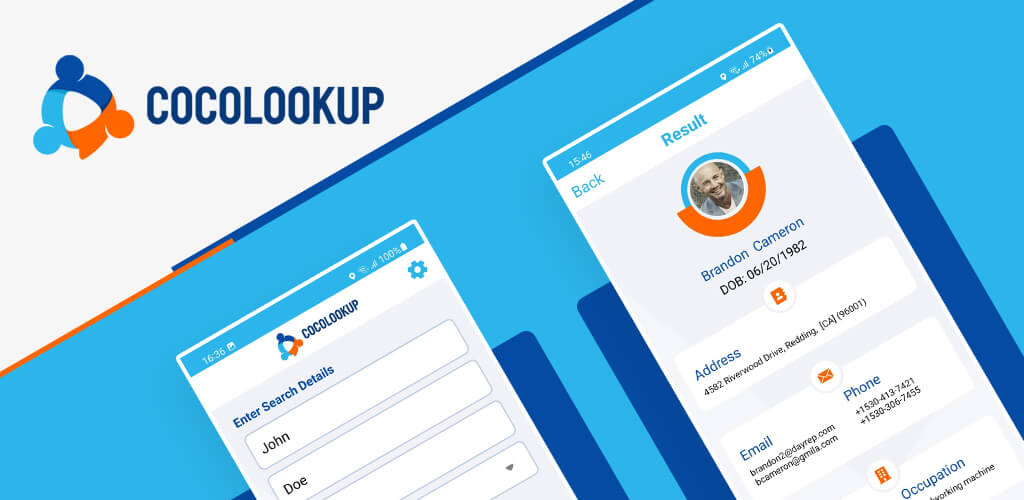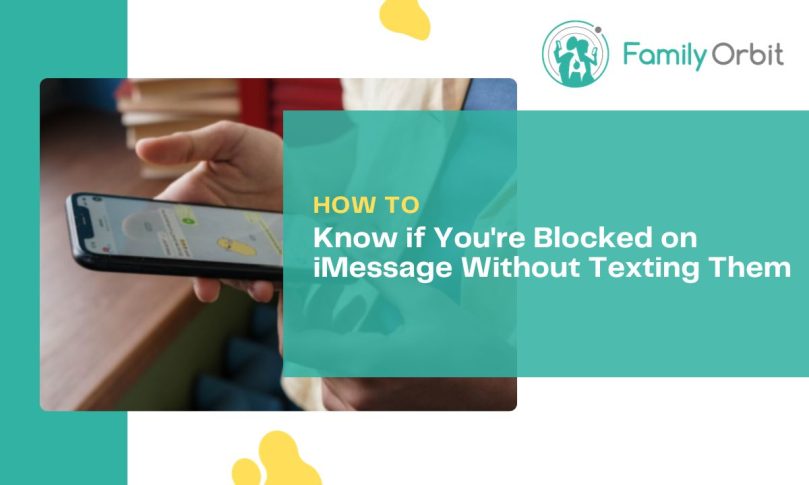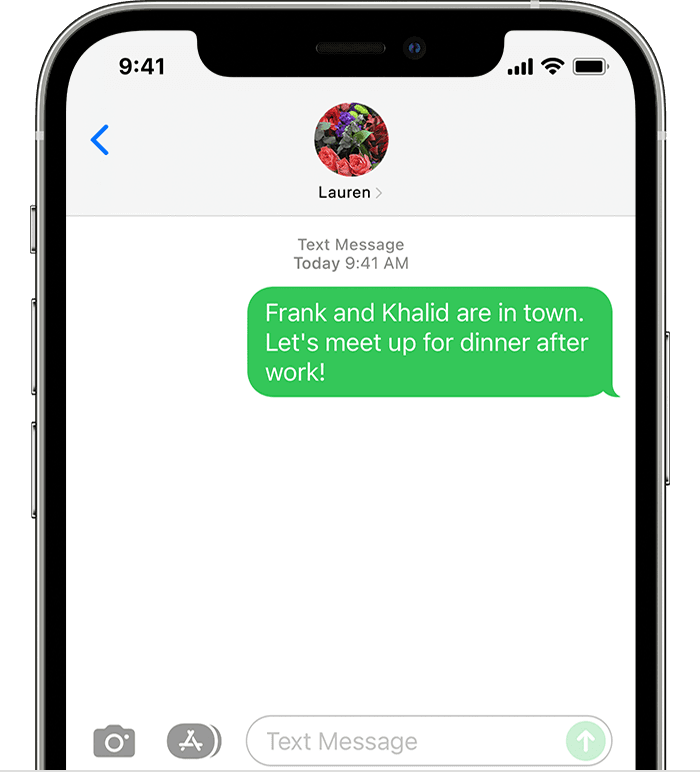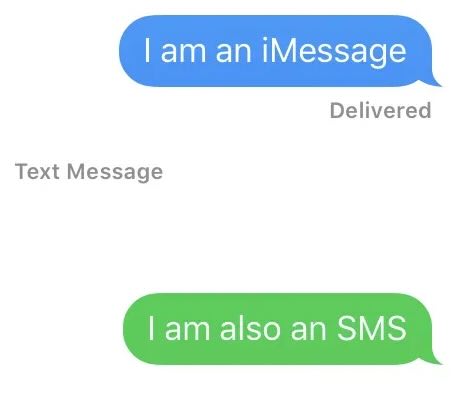iMessage, a globally popular messaging platform with around 1.3 billion users, has become a staple in digital communication. In this era of instant communication, the concern of being blocked on iMessage has become a common worry for many users.
The need to understand whether or not your messages are reaching their intended recipients is crucial for maintaining effective communication. At the same time, privacy is a key right for individuals on messaging platforms such as iMessage.
In this blog post, we will look at how to know if you’re blocked on iMessage without texting them. We will break down everything you need to know about iMessage, from delivery status to bubble color and more. Let’s get started.
Checking iMessage Delivery Status
Understanding iMessage delivery status is crucial for figuring out if you’re blocked. Here are two straightforward methods that you can use.
Method 1: Observing iMessage Delivery Status
Let’s break down the straightforward process of understanding iMessage delivery status. When you send a message, the delivery status essentially tells you whether your message reached its destination or encountered a hiccup along the way.
If it says “Delivered,” consider it a confirmation. Your message successfully made it to the recipient. It’s like a digital receipt, indicating a smooth delivery process.
On the flip side, if it stubbornly stays on “Not Delivered,” it signals a potential issue. This doesn’t definitively mean you’re blocked, but it’s a red flag. Your message didn’t make it, and this could be due to technical glitches, connectivity problems, or, yes, the possibility of being blocked.
This method acts as a basic checkpoint, offering practical insights into the fate of your messages without the need for direct inquiries. It’s a simple approach to understanding the status of your communication in iMessage.
Method 2: Monitoring Status Updates of Messages
Now, let’s look at the process of keeping tabs on the status updates of your iMessage. After the initial delivery, the status can transition from “Delivered” to “Read,” providing additional insights into the recipient’s engagement.
If the status progresses smoothly to “Read,” it’s a positive indicator. Your message has been acknowledged, and the communication is active. This is the digital equivalent of seeing someone read your letter.
Now, if the status moves to “Read” but you don’t receive a reply, it could suggest that the recipient has chosen not to respond, and there may be a possibility that they’ve decided to block further communication. The lack of a response, despite the message being read, might be an indicator of a shift in engagement or a potential block.
Observing Bubble Color in iMessage
Understanding the significance of iMessage bubble colors provides a straightforward visual cue for gauging your communication status. Here’s a detailed breakdown of the color changes.
Blue Bubble
A blue bubble signifies an active iMessage conversation. When your text bubbles appear in blue, it indicates that the recipient is using an iPhone, and the message is being sent via iMessage. This color is associated with a conversation within the iMessage platform.
Green Bubble
The appearance of a green bubble suggests a non-iMessage conversation. This typically occurs when the recipient is using a device or messaging app that doesn’t support iMessage, like an Android phone.
While it doesn’t automatically mean you’re blocked, the shift to a green bubble might indicate a change in the usual iMessage interaction. It’s an indicator that the conversation has moved outside the iMessage ecosystem, prompting you to consider the possibility of a block or a shift to a different messaging platform.
Phone Call Methods
Trying out phone calls is another way to check what’s happening with your iMessage communication. Here are two straightforward methods to consider.
Method 1: Placing a Call and Observing the Response
Making a call is a direct way to get insights into your iMessage interactions. When you place a call and consistently get no answer, it might raise questions about your communication status.
However, it’s important to consider that the lack of response doesn’t always mean you’re blocked. People have busy schedules, and there could be various reasons for not picking up.
So, while making the call, pay attention to how it’s received. If your calls go unanswered frequently, it could indicate a potential shift in the recipient’s engagement. This method is not a definitive confirmation of being blocked but serves as a practical indicator that something might be different in your communication dynamics.
Before concluding, it’s wise to factor in external circumstances and avoid jumping to conclusions solely based on unanswered calls.
Method 2: Checking Caller ID Behavior

Looking into how your calls appear on the recipient’s phone can also provide additional insights. It can help to observe any abrupt changes in how your Caller ID is displayed during your calls.
If, for instance, your calls consistently go straight to voicemail or there are unexpected alterations in the Caller ID information, it’s worth noting. These changes could indicate a potential shift in your communication status.
While checking Caller ID behavior, remember that variations may not necessarily confirm a block. However, consistent and abrupt changes might raise suspicions. This method acts as a practical way to gauge whether your calls are being actively avoided or if there’s a noticeable difference in how they are received.
Keep in mind that multiple factors could contribute to these changes, and it’s essential to interpret them in context rather than as a sole indicator of being blocked.
Tips for Discreetly Checking if You’re Blocked
There are also a number of tips that we’d like to share for discreetly checking if you’re blocked through calls. Firstly, you can experiment by calling at different times throughout the day.
This helps you observe if there’s a consistent lack of response across various periods. If you notice a pattern of non-responsiveness regardless of when you make the call, it might indicate a potential shift in communication dynamics.
You can also try using a different phone number to make the call. By doing this, you can observe if there’s a distinct reaction compared to your usual number. A blocked primary number might prompt a different response, providing subtle insights into your communication status.
Furthermore, take note of the ring duration before calls are sent to voicemail. If the phone consistently rings once and then heads to voicemail, it could be an indicator of a potential block. This pattern suggests that the recipient’s phone isn’t actively accepting calls, raising the possibility of altered communication dynamics.
Utilizing Other Messaging Apps
Diversifying your investigation to other messaging platforms offers a comprehensive approach to understanding your communication status. Here’s a more detailed exploration of using popular messaging apps.
Facebook Messenger
We recommend that you look for shifts in message status and profile interactions. If your messages consistently show as unread or if there’s a decline in engagement with your profile, it might indicate changes in communication dynamics.
Keep an eye on changes in the Messenger notification settings, as alterations here can also be indicative of a shift in the recipient’s willingness to interact.
While in the introduction we highlighted the immense popularity of the Apple iMessage app, even this pales in comparison to WhatsApp. The messaging app has an estimated 2.7 billion monthly users around the world. So, that means it’s likely that the person you are seeking to contact is also on WhatsApp.
Similar to iMessage, you can examine message delivery and read receipts. If your messages are consistently not delivered or if read receipts are absent, it could be a signal of altered engagement.
WhatsApp’s status feature can also provide insights. Changes in status or last-seen timestamps might hint at shifts in the recipient’s communication patterns.
Snapchat
Another option is to observe the Snapscore and engagement levels on the person’s Snapchat. A declining Snapscore or a decrease in engagement with your snaps may suggest a shift in interest or interaction.
Additionally, changes in Snapmap activity can provide further context about the recipient’s engagement on the platform. Consistent reductions in these metrics may signal changes in communication dynamics.
By exploring these indicators across various messaging apps, you gain a more comprehensive view of your overall communication status. These subtle cues provide additional layers of information, allowing you to discern potential shifts or alterations in the recipient’s willingness to engage across different platforms.
Device and Social Media Checks
In the face of iMessage uncertainties, examining device-specific behaviors and social media cues becomes pivotal for gaining insights. This section delves into different methods you can try.
Examining Device-Specific Behaviors
It can be useful to delve into device-specific behaviors related to your iPhone number and iMessage interactions. For example, subtle cues, such as changes in response patterns, can provide insights into potential blockage.
How to Check if Someone Has Blocked Your iPhone Number

Understanding key methods is crucial. Explore techniques like varied call attempts, monitoring iMessage delivery status, and observing automated responses to assess potential blockage.
Method 1: The Other Person Never Answers Your Calls
Try placing calls using different numbers and observing the response. If there’s a consistent lack of answer, it could signify a potential block.
Method 2: The Phone Rings Once and Then Goes to Voicemail
Also, pay close attention to the ring duration. If calls consistently ring once and go to voicemail, it might be an indicator of a potential block.
Method 3: iMessage Not Delivered
Of course, keep a close eye on the iMessage delivery status. If messages consistently show as “Not Delivered,” it suggests potential communication barriers.
Method 4: Automated Responses
Observe if you receive automated responses or if there’s a sudden change in how messages are handled. Such cues can offer insights into evolving communication dynamics with the intended recipient.
Method 5: SMS Not Delivered
You can also check if standard text messages (SMS) are consistently not delivered. This adds another layer to your investigation, providing additional context.
Checking Social Media Accounts
Finally, you can also monitor activity levels and blocking indicators across platforms like Instagram, Facebook, or Twitter. Changes here can provide clues about shifts in engagement and communication dynamics.
Privacy Tactics and Considerations

In the pursuit of determining your block status, prioritizing privacy is essential. Here’s a closer look at tactics to maintain discretion.
Masking Your Number
Explore services that enable the temporary masking of your phone number. This approach allows you to investigate your communication status without revealing your identity, offering a discreet way to gather insights.
Turning Off Caller ID
For added anonymity, consider disabling Caller ID when making calls. This ensures that your identity remains hidden, providing a layer of privacy as you navigate the process of determining your block status.
Using Different Numbers or Devices
As noted above, you can experiment with various contact methods by utilizing different phone numbers or devices. This not only allows for versatile communication but also aids in assessing how the recipient responds under different circumstances.
Trying FaceTime as an Indicator
Consider FaceTime as an additional tool for gauging your communication status. An unsuccessful FaceTime call may serve as an indicator of a potential block on iMessage.
Being Patient and Waiting It Out
Sometimes, the most effective strategy is patience. Allow time for potential shifts in communication dynamics to unfold naturally. This approach acknowledges that not every delay or lack of response immediately signifies a block, offering a measured and strategic perspective.
FAQs About Being Blocked on iMessage
Navigating the intricacies of potential blocks on iMessage often sparks common questions. Here are succinct responses to address these queries.
Can you check if someone blocked you on iMessage?
Yes, certain indicators, such as undelivered messages and lack of response, may suggest a potential block.
What does it mean when your iMessage is green?
A green iMessage indicates that the recipient is using a non-iMessage device or platform, potentially affecting the usual features.
How long should you wait to confirm if you’re blocked?
Waiting for a reasonable duration, like a few days, allows for natural communication patterns to unfold, providing a measured approach to confirm potential blocks.
How to Know if You’re Blocked on iMessage Without Texting Them
Ultimately, discovering how to know if you’re blocked on iMessage without texting is crucial. You can employ discreet methods, such as delivery status checks and social media cues, for effective communication status deciphering.
Be sure to check out Family Orbit for more tips on staying say when using messaging apps.
- Monitor Calls & Text Messages
- View Photos and Videos
- Location Tracking & Geofence
- Monitor WhatsApp & Kik
- Detect & Alert for Inappropriate Activities
- Monitor Websites Visited
- Compatible with Android and iOS





